The master’s thesis of student Noor Munzir Shakir was discussed in the Department of Civil Engineering at the Faculty of Engineering, University of Maysan, on Thursday, January 30, 2025, in the College’s Graduate Auditorium. The thesis focused on the “Bending Behavior of Geopolymer Concrete Bridges Including Plastic PET Waste.”
The discussion was attended by a committee of esteemed professors:
• Professor Dr. Saad Fahad Rusen, President of the Faculty of Engineering at Maysan University, chaired the committee.
• Professor Dr. Thair Saadoun Salman, a member from the Faculty of Engineering at Wasit University.
• Assistant Lecturer Dr. Haider Abdel Radi, a member from the Faculty of Engineering at the University of Maysan.
• Professor Dr. Abbas Odeh Dawood, a member and supervisor from the Faculty of Engineering at the University of Maysan.
The research explored the potential benefits of using polyethylene terephthalate (PET) waste as a partial substitute for fine aggregate in concrete mixtures. Its primary goal was to assess the mechanical and physical properties of concrete and examine its effect on the bending behavior of both reinforced and non-reinforced concrete panels supported by fibers.
In addition to PET waste, the study also investigated the use of geopolymer concrete as an alternative to traditional Portland cement concrete. In this case, cement was entirely replaced with high-granular ground blast-furnace slag (GGBFS), while natural sand was partially substituted with PET waste. The research aimed to evaluate how these changes affected the mechanical and physical properties of the concrete, as well as its bending behavior under stress.
The study was divided into two main parts:
Part I: A review of the effect of replacing cement with GGBFS and part of the sand with RoHS PET on the properties of concrete. Six different ratios of PET replacement were tested (0%, 5%, 10%, 15%, 20%, 30%). The results showed that the presence of PET molecules altered the mechanical and physical properties of the concrete produced. Additionally, samples with partial replacement ratios ranging from 5% to 15% exhibited increases in compressive strength, tensile strength, and bending strength compared to the reference samples. The results also indicated that axial stress and energy absorption increased with replacement ratios from 5% to 30%, while the flexibility coefficient decreased as the PET concentration increased.
Part II: This part studied the impact of GGBFS and PET waste on the behavior of concrete thresholds reinforced with geopolymer concrete and with dimensions of 1400x200x150 mm. The results showed that the final failure load, final displacement, softness index, primary hardness, and energy absorption all increased as the PET waste content in the geopolymer reinforced concrete thresholds increased. However, a decrease in impact toughness was observed. The inclusion of GGBFS had a positive effect on the mechanical properties of the geopolymer concrete, enhancing its compressive strength, tensile strength, and bending strength. It also improved the concrete’s resistance to chemical corrosion and increased its durability.
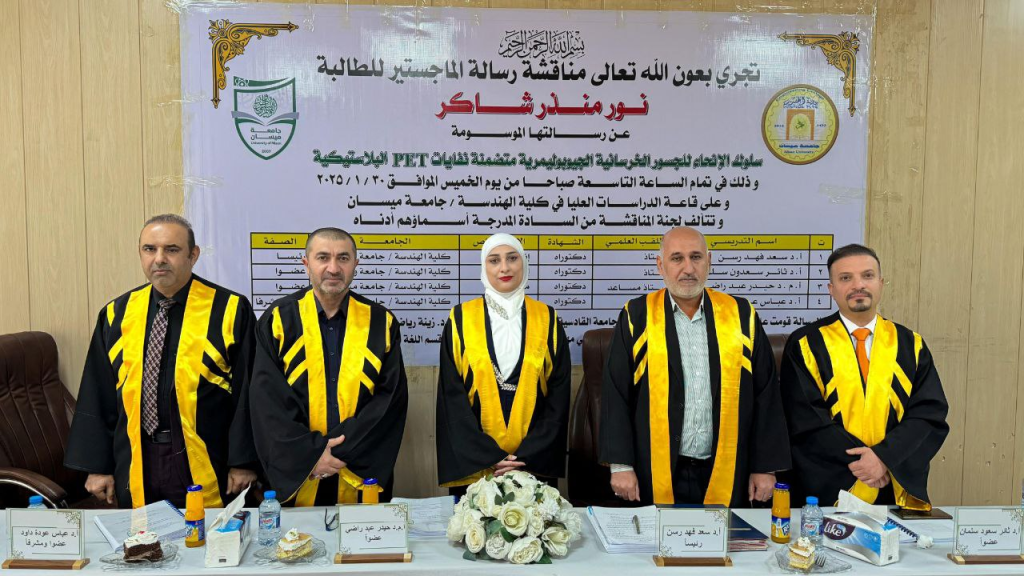

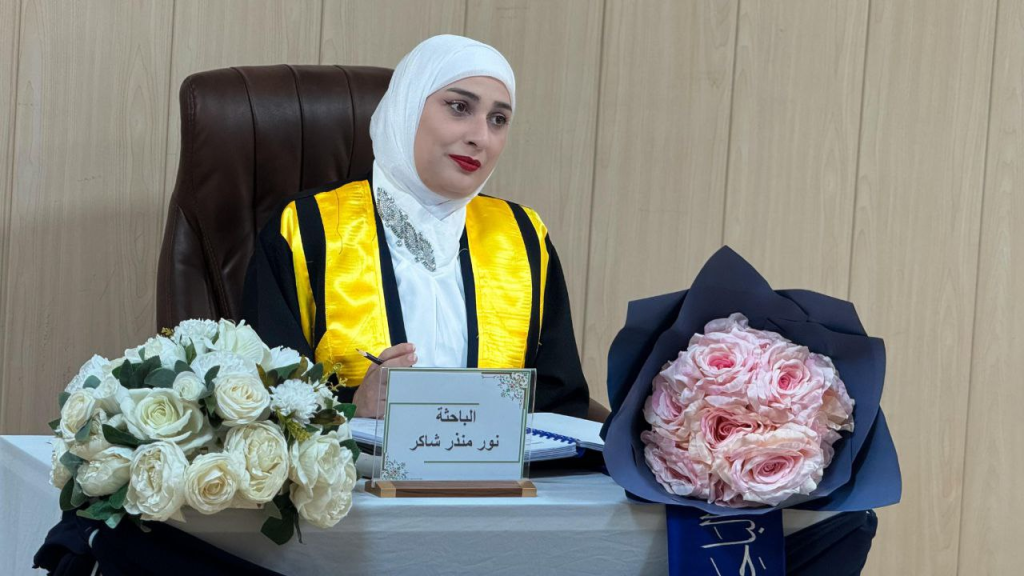
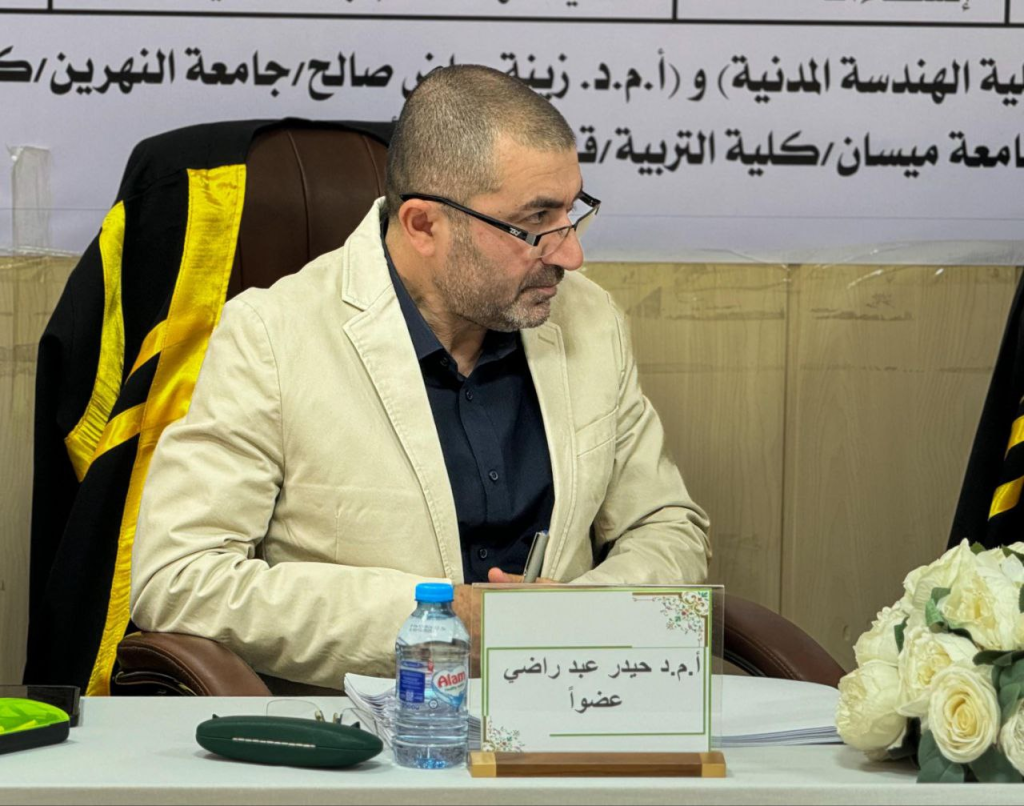
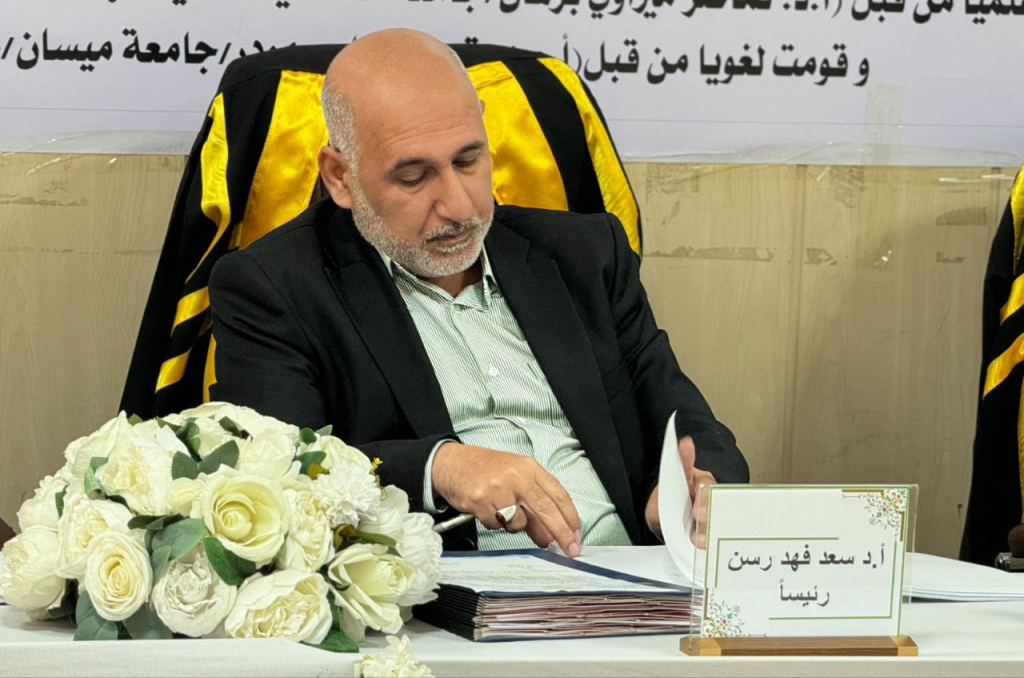
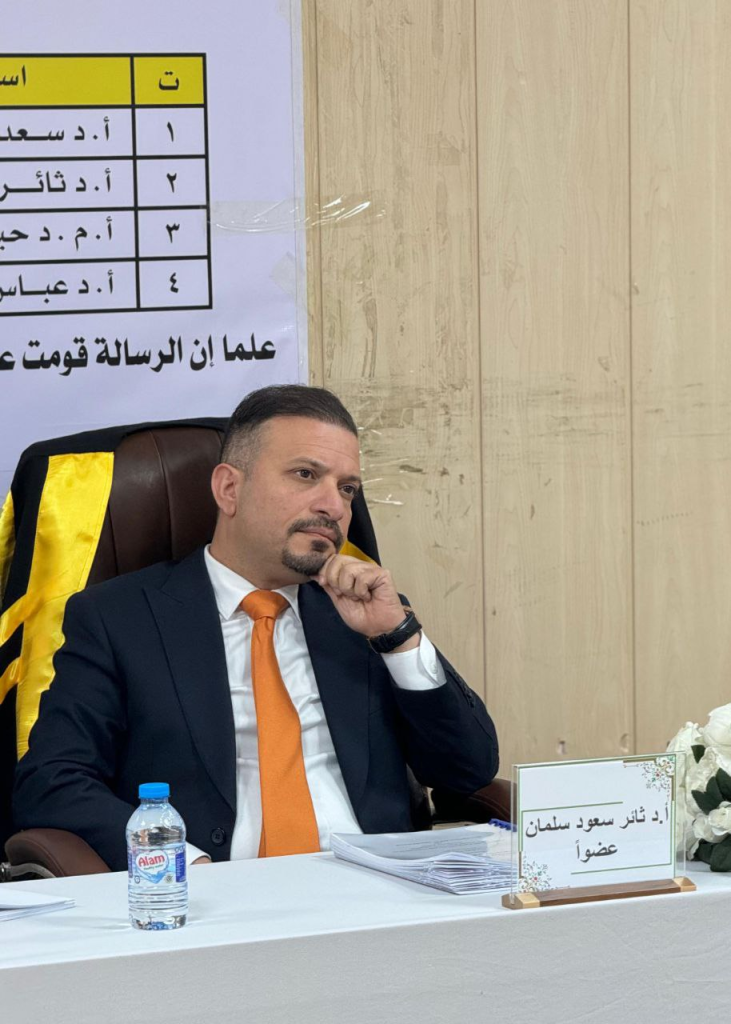
 كلية الهندسة
كلية الهندسة
